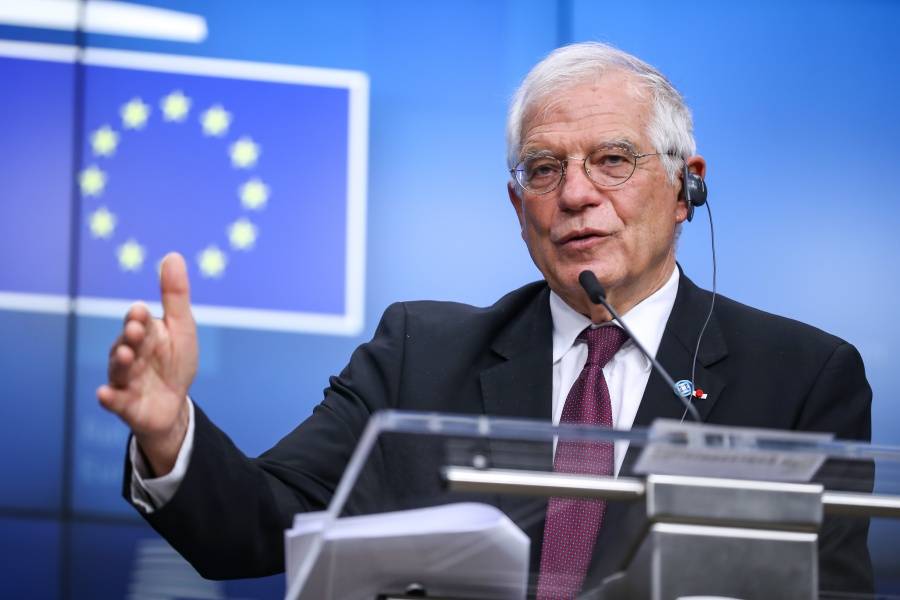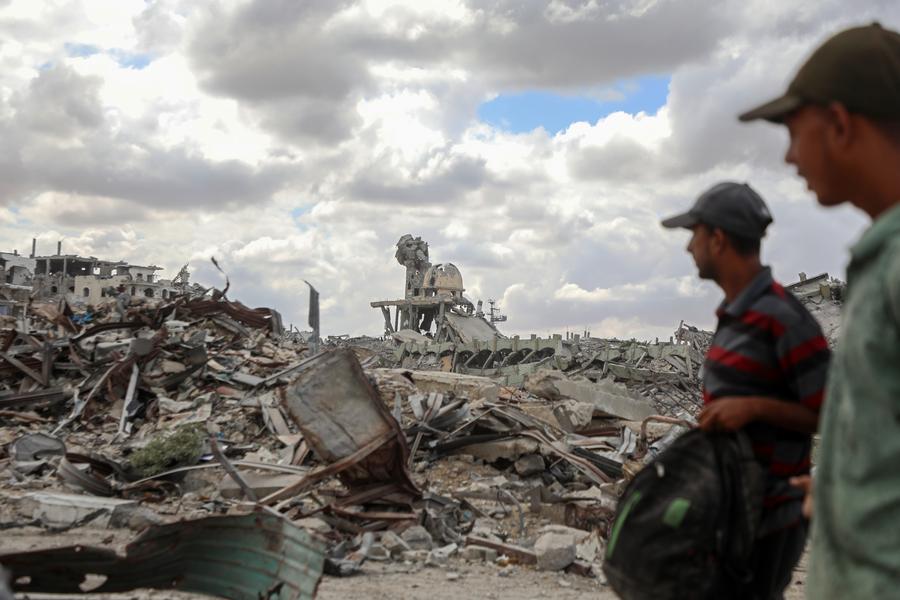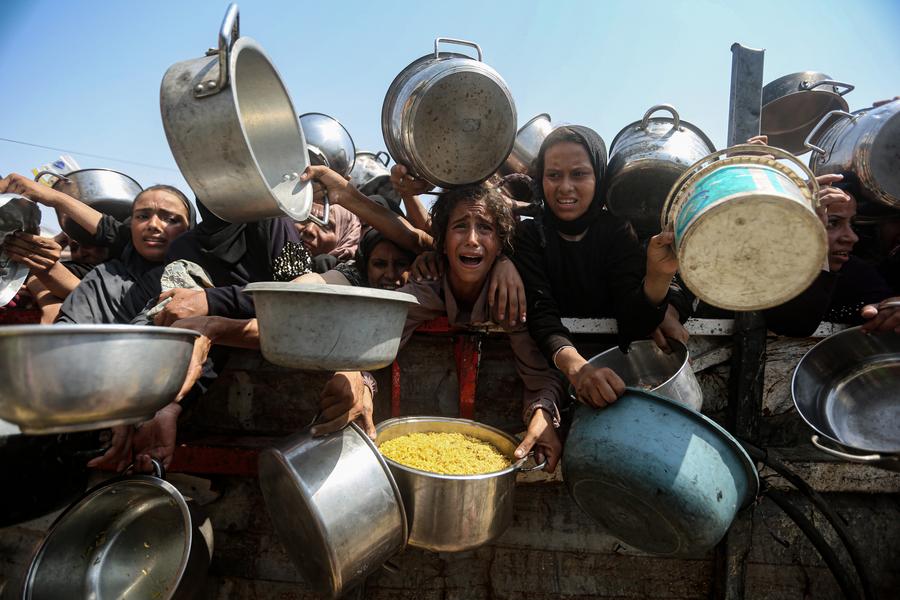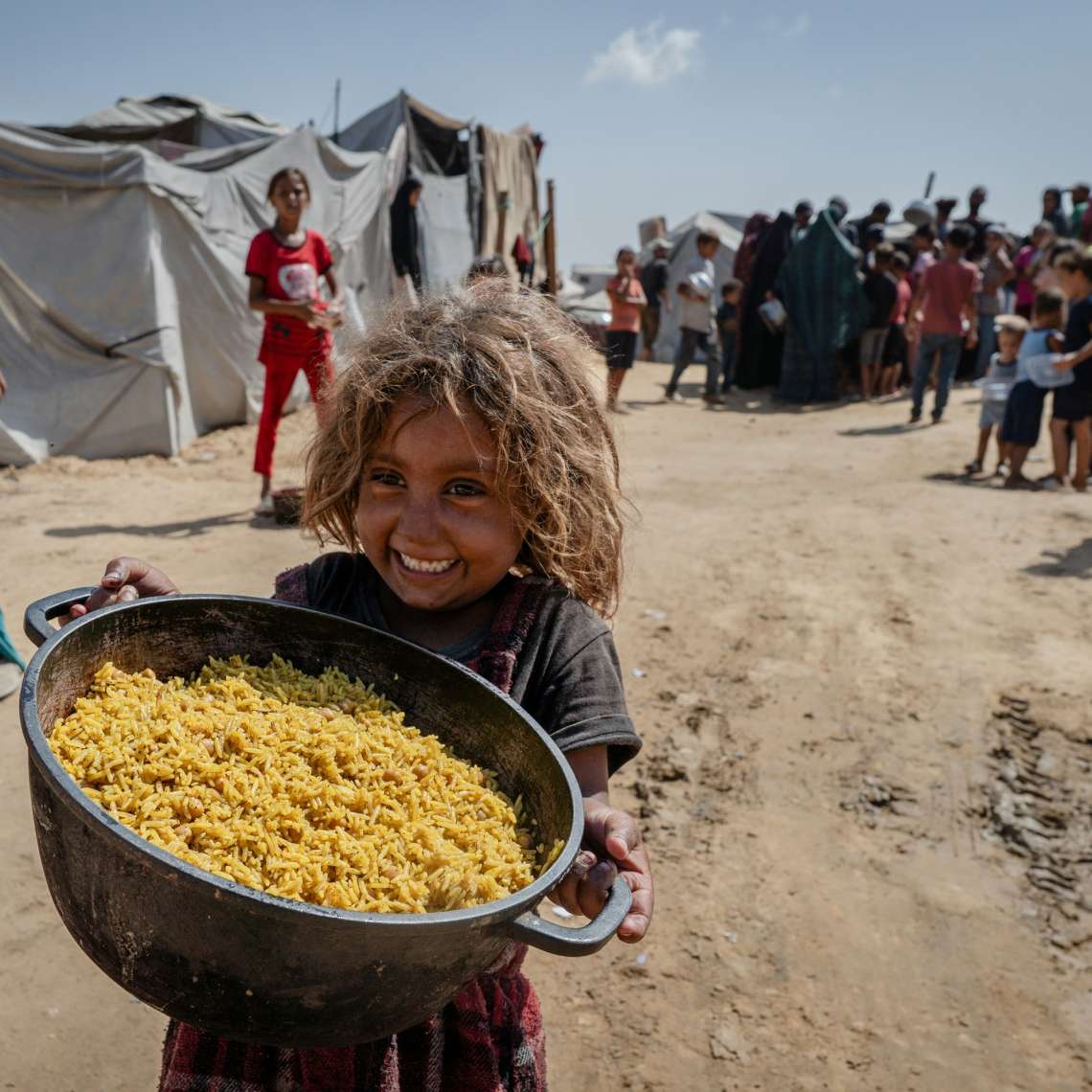India is celebrating 75th Republic Day on Friday. The country has changed in the last few decades. The Poverty Headcount Ratio in India has witnessed a commendable decline from 29.2% in 2013-14 to a significantly lower 11.2% in 2022-23, marking an extraordinary reduction of 17.8 percentage points. This monumental achievement is underscored by the fact that 248 million Indians have successfully escaped multidimensional poverty over the last nine years
Uttar Pradesh, Bihar, Madhya Pradesh and Rajasthan significantly reduce the multidimensional poverty. Continued reduction in multidimensional poverty will strengthen India’s road to a developed economy by 2047.
In a paradigm-shifting accomplishment, India has made substantial strides in tackling multidimensional poverty, as highlighted by the Multidimensional Poverty Index (MPI) in the National Multidimensional Poverty: A Progress Review -2023 report by Niti Aayog, Government of India. This globally recognized measure transcends mere monetary considerations, utilizing the robust Alkire and Foster (AF) method to comprehensively evaluate poverty across various dimensions. The MPI identifies individuals as poor based on universally acknowledged metrics, providing a more holistic perspective compared to traditional monetary measures.
The Poverty Headcount Ratio in India has witnessed a commendable decline from 29.2% in 2013-14 to a significantly lower 11.2% in 2022-23, marking an extraordinary reduction of 17.8 percentage points. This monumental achievement is underscored by the fact that 24.8 crore Indians have successfully escaped multidimensional poverty over the last nine years. Such progress can be attributed to the concerted efforts and initiatives implemented by the government between 2013-14 and 2022-23 to comprehensively address various dimensions of poverty.
Uttar Pradesh emerges as a frontrunner in this transformative journey, witnessing the largest decline in the number of poor individuals, with 5.9 crore escaping multidimensional poverty in the State over the past nine years. Bihar closely follows suit with 3.7 crore individuals, while Madhya Pradesh and Rajasthan have recorded declines of 2.3 crore and 1.8 crore individuals, respectively. This indicates a positive trend, showcasing substantial progress in traditionally high-poverty states, thus narrowing inter-state disparities in multidimensional poverty.
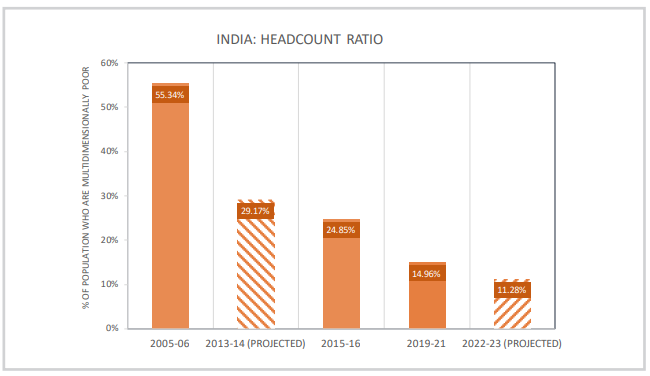
The pace of the decline in the poverty headcount ratio gained momentum between 2015-16 and 2019-21, demonstrating an annual rate of decline of 10.6%. This stands in stark contrast to the period from 2005-06 to 2015-16, which witnessed a rate of 7.7% annually. The accelerated progress underscores the efficacy of targeted initiatives and policies during recent years.
Poverty Rates in Urban and Rural regions for 2015-16 and 2019-21
The poverty rate in rural India decreased from 32.59% to 19.28%, and in urban areas, it saw a decline from 8.65% to 5.27%. Consequently, the rural population experienced a more significant poverty reduction compared to the urban population.
Various government programs and initiatives have played a pivotal role in contributing to this unprecedented reduction in multidimensional poverty. Initiatives such as Poshan Abhiyan and Anemia Mukt Bharat have significantly improved healthcare access, addressing health disparities among vulnerable population. The Targeted Public Distribution System under the National Food Security Act, one of the world’s largest food security programs, ensures the distribution of food grains to 81.3 crore beneficiaries, covering both rural and urban population.
Flagship programs like Pradhan Mantri Jan Dhan Yojana and PM Awas Yojana have been instrumental in financial inclusion and providing safe housing for the underprivileged, contributing significantly to the escape from multidimensional poverty. The extension of free food grain distribution under Pradhan Mantri Garib Kalyan Anna Yojana for an additional five years exemplifies the government’s unwavering commitment to alleviating poverty and ensuring food security for the most vulnerable segments of the population.
Beyond poverty alleviation, the government has implemented transformative campaigns addressing maternal health, clean cooking fuel distribution through Ujjwala Yojana, enhanced electricity coverage via Saubhagya, and the ambitious Swachh Bharat Mission and Jal Jeevan Mission. These programs collectively contribute to elevated living conditions and overall well-being, fostering a comprehensive approach to development.
The varying performance among states, especially in traditionally high-poverty regions like Uttar Pradesh, Bihar, and Madhya Pradesh, indicates significant progress. This progress not only signifies a substantial reduction in multidimensional poverty but also suggests a positive trajectory towards achieving Sustainable Development Goal (SDG) Target 1.2 — halving multidimensional poverty well before 2030.
The transformative journey towards reducing multidimensional poverty is a crucial step in realizing the broader vision of Viksit Bharat @2047. As inter-state disparities continue to narrow, and fundamental issues related to accessing basic services are swiftly addressed, India is poised to evolve into a developed nation, echoing the aspirations outlined in the national goal for 2047.
India’s progress in addressing multidimensional poverty is a testament to the government’s persistent dedication and resolute commitment to enhancing the lives of the most vulnerable and deprived. The multifaceted approach, backed by data-driven methodologies such as the MPI, has resulted in a momentous step towards a more inclusive and prosperous India. The success story not only symbolizes a poverty reduction but also represents a paradigm shift towards holistic development and a brighter future for the nation and a strengthened road to its journey towards a developed economy by 2047.


